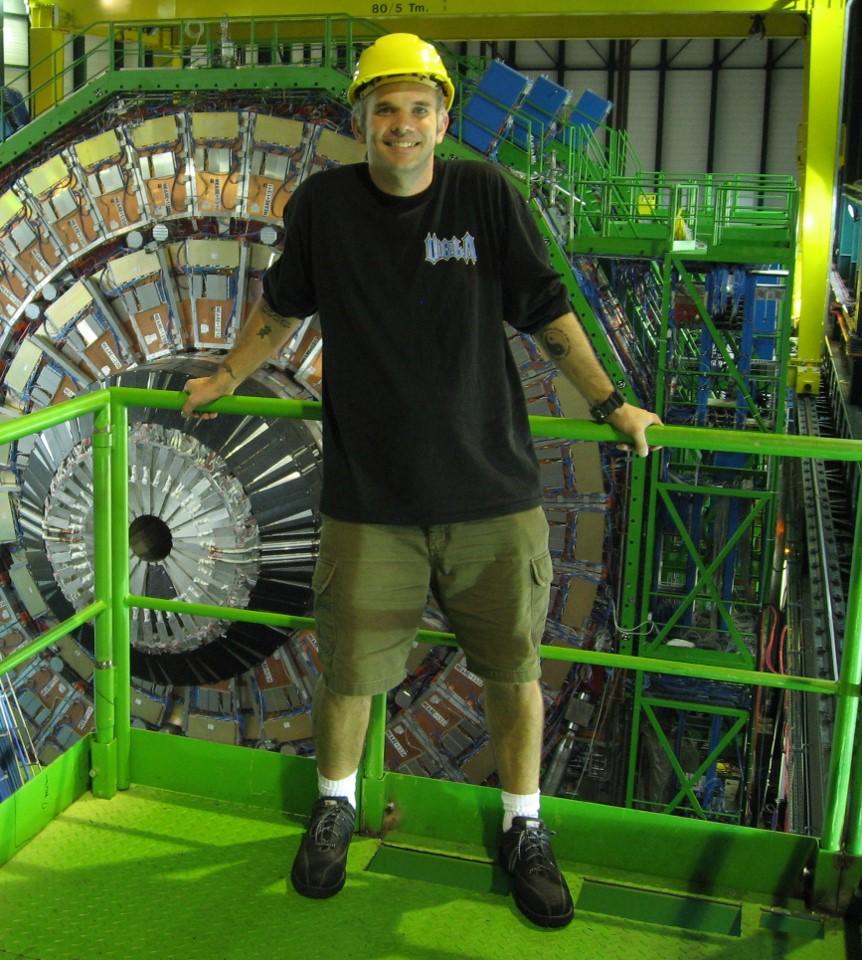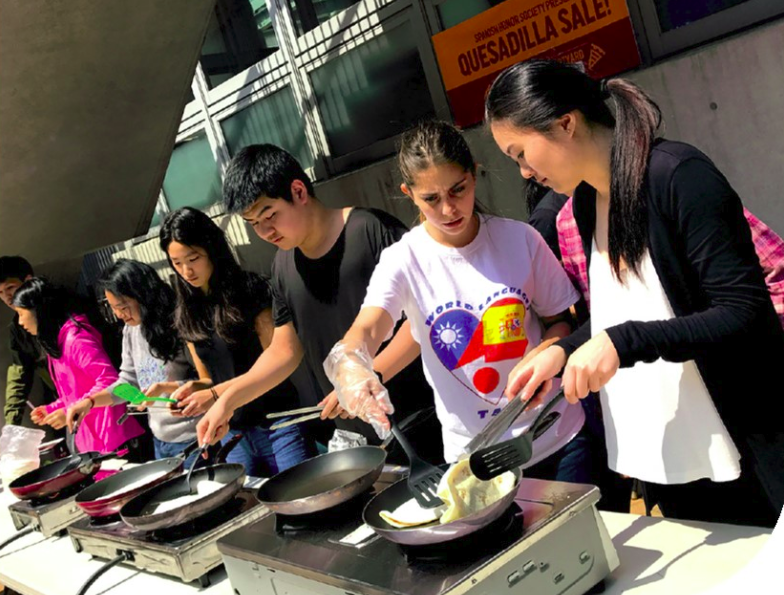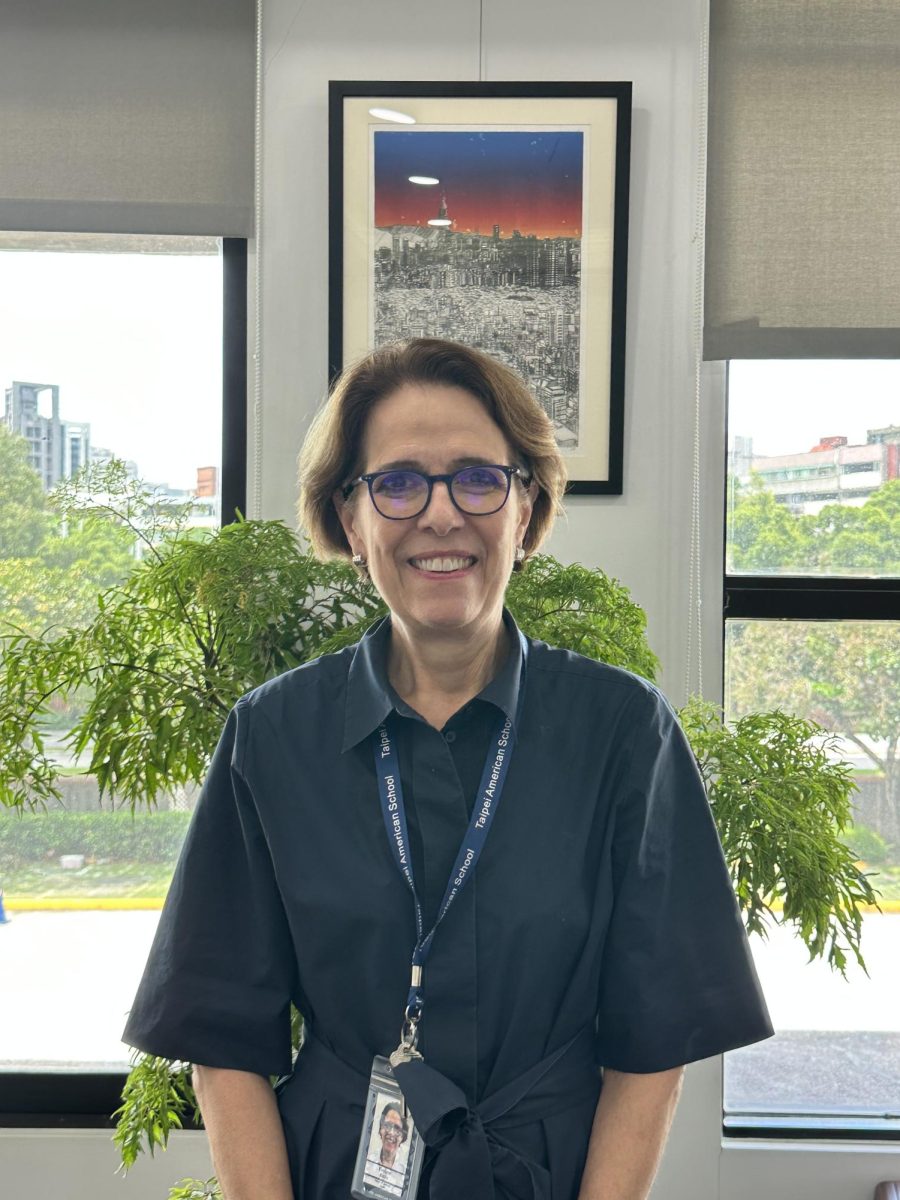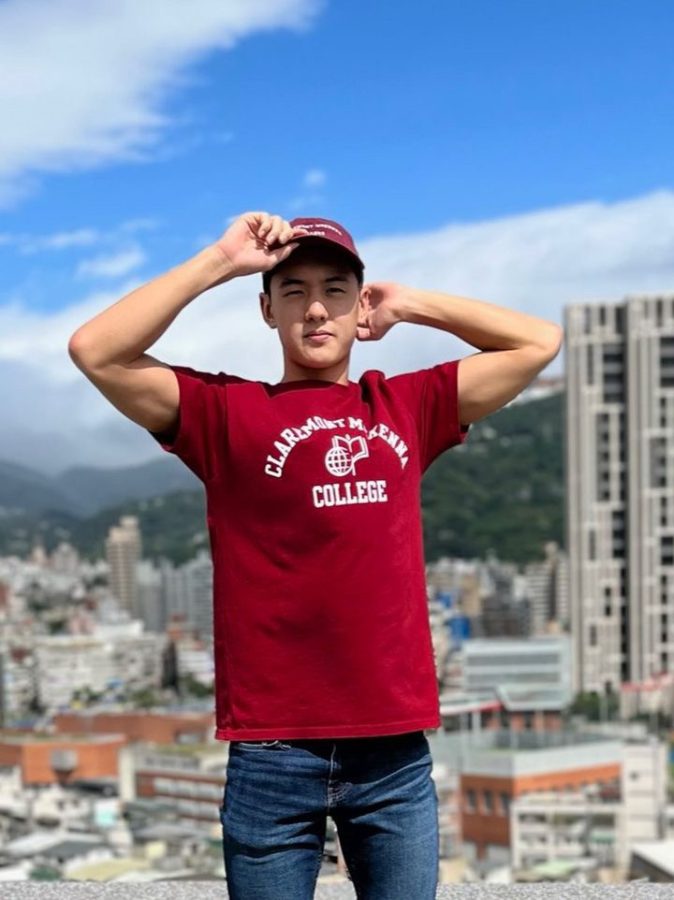
Dr. Hsieh: working tirelessly for patients
On her first day at medical school, current Upper School biology teacher Dr. Stephanie Hsieh was presented with a trunk filled with bones—“Pirates of the Caribbean style,” she explains. Not only did she have to learn everything about the bones, she also had to assemble them. Having a life-size human skeleton on her dorm bed was definitely not normal, but it was part and parcel of being a medical student. “The bones were real human bones, and they had crumbled a little, so I had bone crumbs on my sheets,” says Dr. Hsieh.
Dr. Hsieh studied and worked in patient care at Kaohsiung Medical University Chung-Ho Memorial Hospital for five years, sometimes with around a hundred patients under her care. It was so hectic she said that she constantly felt the need to be in multiple places at once.
Her patients came in with a myriad of conditions, yet sometimes what seemed like a straightforward case could pose unexpected challenges. An elderly patient once came in with delirium, imagining that there was sashimi in the air and trying to reach for it. “It was easy to treat with a hypertonic saline IV drip because the hallucinations were caused by low sodium in his diet,” Dr. Hsieh says. However, on the day he was to be discharged, he had a stroke. “[The incident] reminded me that a patient’s condition can change in minutes and that you can never be complacent.”
Despite loving the problem-solving aspect of her job, the reality of being on call all night was far from easy. Despite being warned by others that it was very tiring, she did not expect just how bad it would be. “It’s not like when you pull an all nighter just doing one thing; you’re drifting off to sleep but called every five minutes to tend to your patients,” she says.
Still, there were many meaningful moments for her. One of her patients came from Pulau with pyoderma gangrenosum, a rare immune disorder that resulted in painful, bleeding ulcers all over his body. During his stay at the hospital, she had casually chatted with him in English, not realizing it would make a huge impact on him. She received an email from him after he had left the hospital, which was full of gratitude and even said, “God blessed me through you.” Dr. Hsieh says she was surprised when he first wrote to her, as she was not a high ranking or famous doctor, but it was touching to know that such small gestures could drastically change the experience of a patient struggling through a tough condition.
She says, “A stranger allowing you to touch him, to put tubes and needles in him, to cut him open just because you’re wearing a white coat would be a bizarre violation in any other context outside medicine. The opportunity to learn about the human body so intimately was an incredible privilege.”

Mr. Matlock: particle physics researcher
AP statistics teacher Mr. David Matlock was not passionate about physics as a child. After picking up some popular science books, though, he was filled with awe and wonder for the world of science and particle physics. Years later, he worked at the prestigious European Organization of Nuclear Research, or CERN, the world’s largest particle physics laboratory. Mr. Matlock’s one and a half years at CERN yielded many opportunities to work on exciting, state-of-the-art projects and to exchange ideas with top minds in the world of physics.
During his tenure, Mr. Matlock worked on the Compact Muon Solenoid detector for the Large Hadron Collider. The Collider is a large machine situated 100 meters underground between the border of France and Switzerland that reveals the secrets of the universe by examining its tiniest particles. The job included testing to ensure equipment worked properly and developing simulations to predict undiscovered physics, though Mr. Matlock worked mostly on the former.
He also checked on the consistency of the data: “The electronic detectors ares shaped like pizza slices on the wheel. But these slices overlap some,” says Mr. Matlock. “The idea is if you see an event in one of the electronic detectors where two detectors overlap, you should also see it in the other. I wrote code to check this.” Some of the data summaries he created were used by leaders of the CMS project in their talks. He enjoyed figuring out solutions to the puzzles presented by his tasks, and had to learn new skills on the job. “You have to know about plumbing and basic electricity and electronic gadgets, which I didn’t know about. So I learned as I went along,” he says. His time at CERN allowed him to meet many brilliant minds, and he says that having lunch in cafeteria allowed him to see Nobel Prize winners and to hear many interesting conversations. Mr. Matlock had even got the rare chance to meet Stephen Hawking when he attended a talk Hawking gave at CERN. “He is really funny, and after the talk, I noticed some people getting in line to get a photo with him. I decided to join the line, but right as it became my turn, his assistant said he was too tired to take more photos. So close!” Mr. Matlock says.
However, one small downside for him was always feeling like he was the only one who did not understand what others were talking about, common when conversing with many brilliant people. Luckily, his love of learning never let those feelings hinder him. “Later in life, I realized that I learned more things more efficiently when I was willing to admit that I didn’t understand something in front of others. This willingness to be embarrassed is something I wish [I’ve] had my whole life,” Mr. Matlock says.

Mr. Openshaw: apartheid documenter
From filming in a desert in Namibia, to being stationed as a soldier during apartheid in South Africa, Mr. Tobie Openshaw has lived through many exciting experiences.
Mr. Openshaw, a South African citizen, worked for the National Theatre of Namibia after university. There, he became interested in the storytelling aspects of documentary and filmmaking. His budding career opened up many opportunities, particularly wildlife filming. One of his first nature documentaries was “Water Hunter,” which documented the scientific search for water in the desert. He spent most of his time filming out of a helicopter overlooking the desert, where he had to jump in and out of the vehicle with his bulky broadcast camera.
During his time there, he visited indigenous communities suffering from severe water shortages and observed how they managed their low water supplies. This eventually sparked his interest in indigenous rights, which would lead him on to projects such as his indigenous rights project in Taiwan. “When I met the people in the desert, I really got a feeling of how they belong there; that was their space; they occupied it,” he says.
Mr. Openshaw’s return to South Africa coincided with a tense period of its history: apartheid’s downfall. He says, “I did shoot and document the first free and fair democratic elections; it was a very emotional and exciting time.” He was also there for the momentous 1995 Rugby World Cup, saying: “Everyone, black and white, forgot their differences and came together as a nation. If you ever saw the movie ‘Invictus,’ it’s all true.”
Mr. Openshaw explains that he had military obligations to fulfill, so he spent three months stationed in a black township. “I could see firsthand the struggle that my fellow [black] South African citizens face, since I could not have any meaningful interaction with them previously because of apartheid,” he says. His time in the military led him to profound realizations. “It made me aware of what white privilege meant. It made me understand that while I could live in a suburb in a decent house and be driven to school, in black townships there was a lack of mobility so it was difficult for people to get educated or to get to and from work,” he says.
Still, his position as an outsider seeking to document other people’s stories both in South Africa and currently in Taiwan often poses obstacles in establishing credibility. He has to overcome the question people have in their heads: “Why are you trying to tell our story?” But the process of filmmaking has been rewarding. Today, Mr. Openshaw says he enjoys his job at Taipei American School: “Part of my job is preserving people’s memories, shooting school events … and when they are old and gray with grandkids that’s going to be their memories.”


![Members of Flourishing Love arrange bouquets together. [PHOTO COURTESY OF FLOURISHING LOVE]](https://blueandgoldonline.org/wp-content/uploads/2023/12/fl-1200x900.jpeg)
![Members of Formosa Charity reconstruct an old home. [PHOTO COURTESY OF CHAEWON B. (25)]](https://blueandgoldonline.org/wp-content/uploads/2023/12/bwb.jpeg)


![Catrina was waitlisted at Caltech but
intends to pursue Computer Engineering
at the University of Washington. [PHOTOS
COURTESY OF CATRINA Y.]](https://blueandgoldonline.org/wp-content/uploads/2023/05/Copy-of-IMG_4544-900x602.jpg)
![Honors Film 3 and 4 students set up the camera and microphone to get ready for an interview. [PHOTO COURTESY OF TAS FILM]](https://blueandgoldonline.org/wp-content/uploads/2023/05/DSC09834-900x507.jpg)